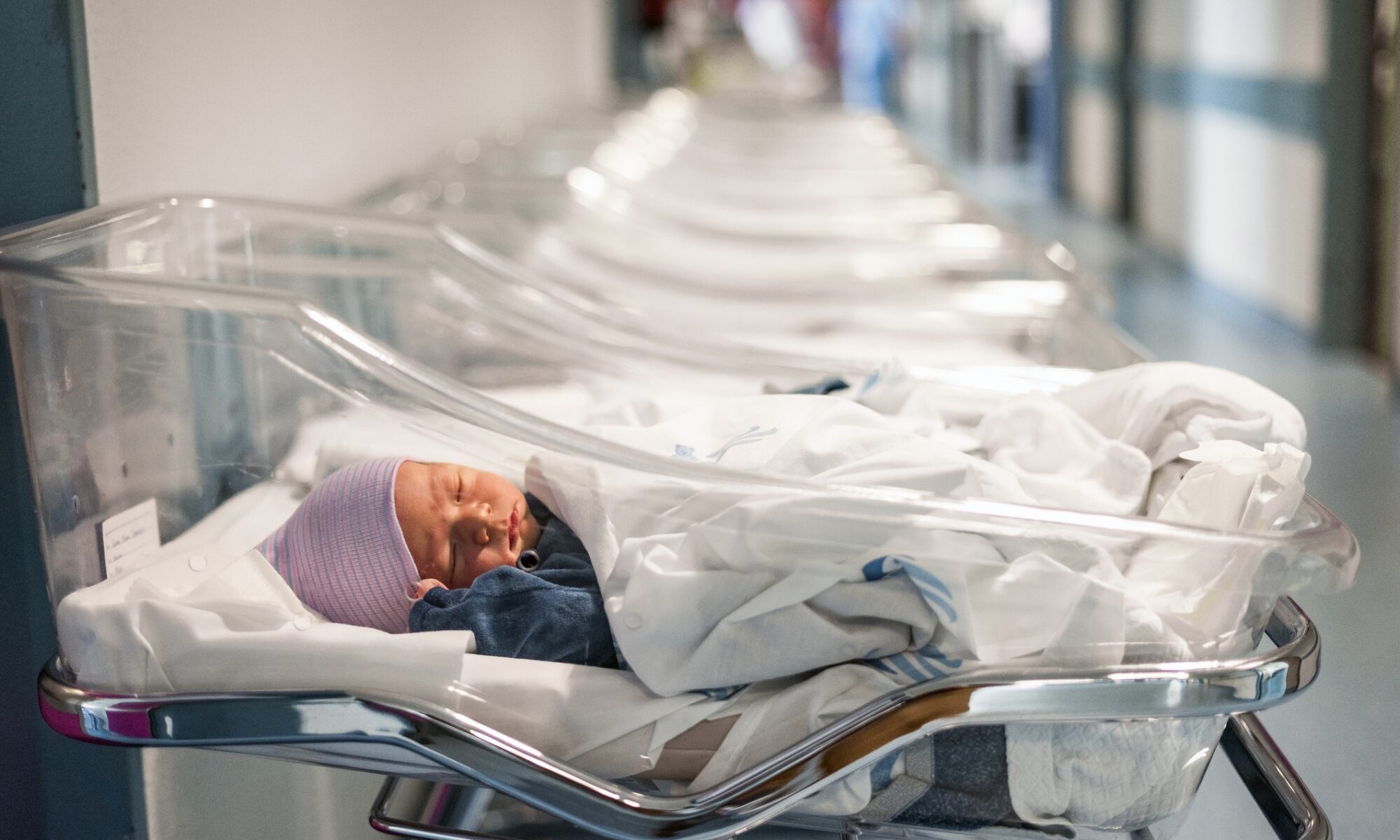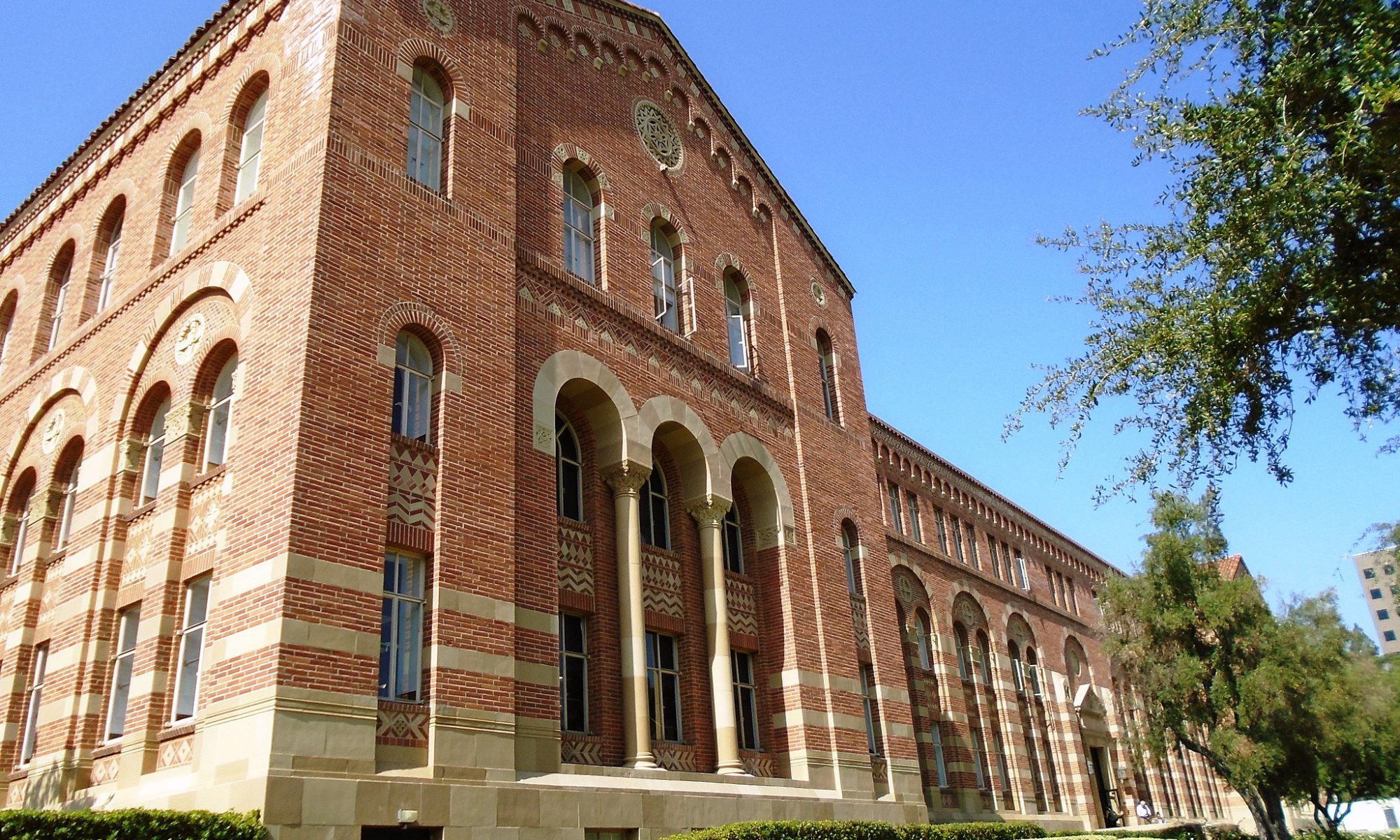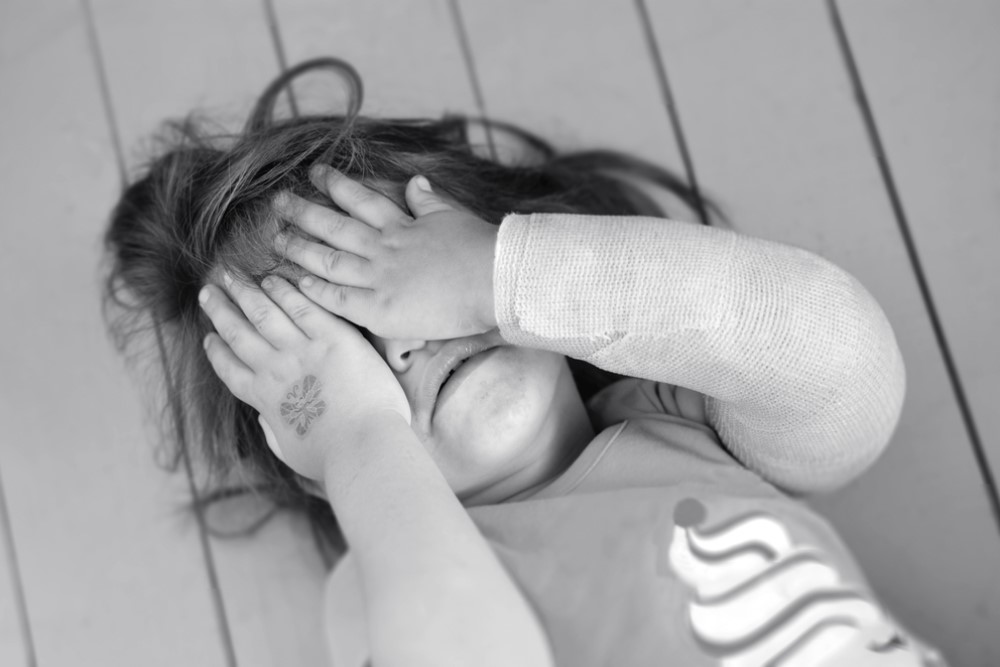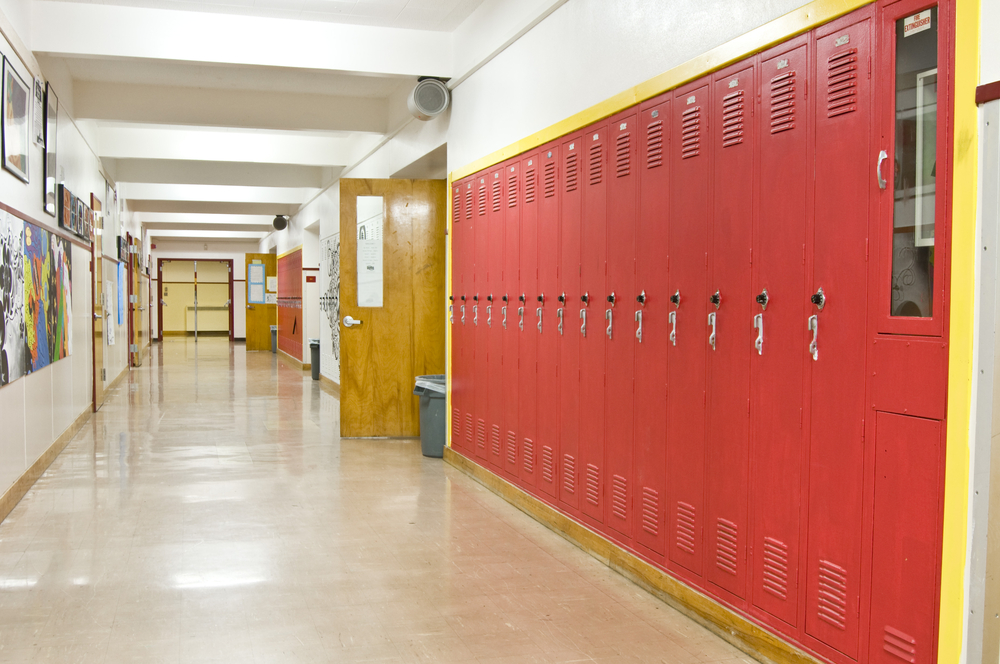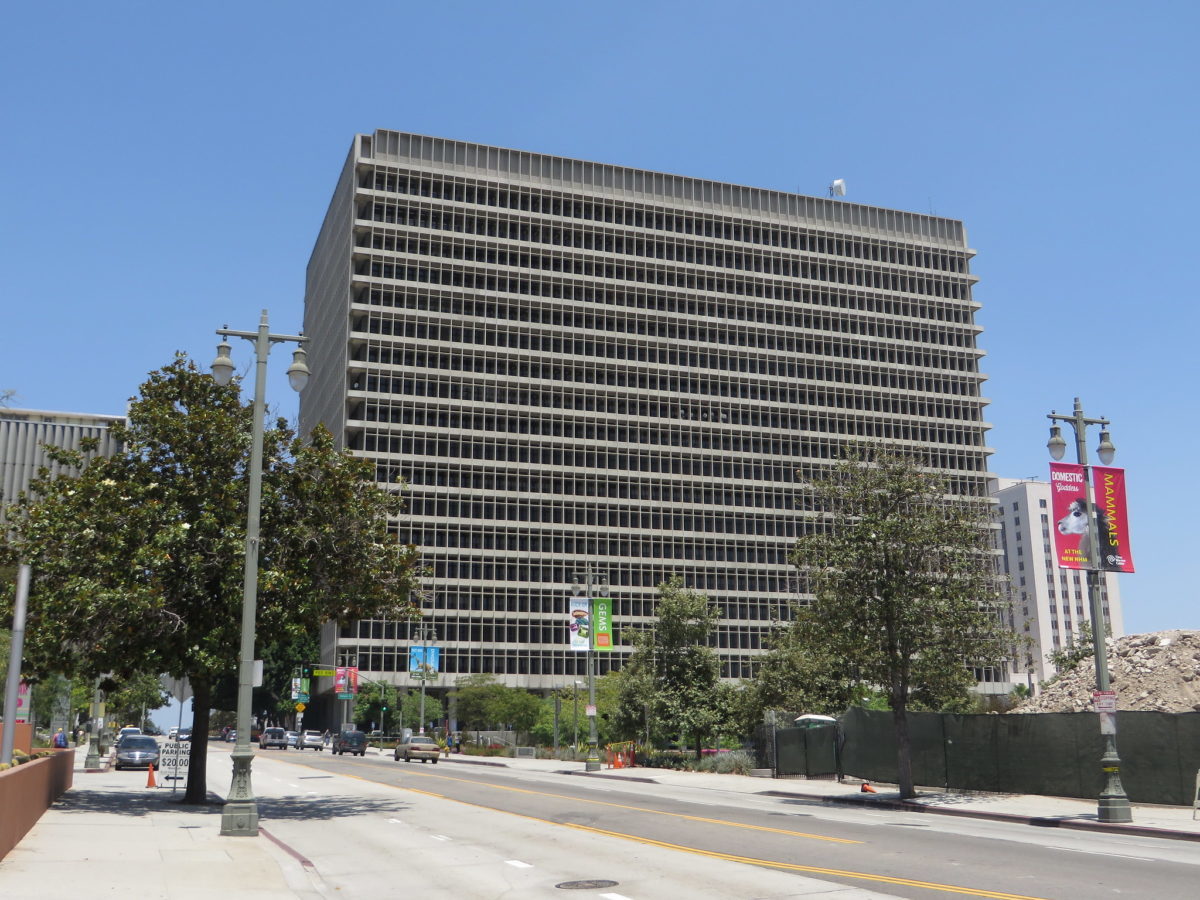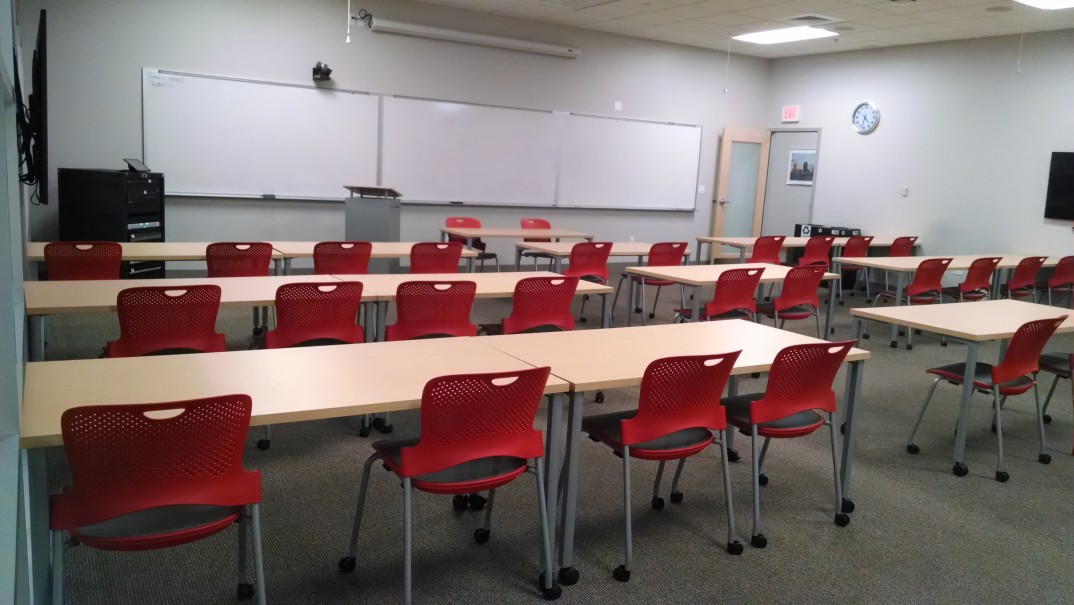Last week, The New York Times reported that White House officials were considering ways to persuade American women to have more children. Ostensibly, this is in response to the US’s near record low annual fertility rate of 1.63 children per woman – far below the 2.1 children required to maintain a stable population. Among the suggestions was a “baby bonus” that would see $5,000 given to every American mother after she gives birth. The proposal was met with approval by self-described “Fertilization President” Trump who stated that it “sounds like a good idea to me.”
Praise, however, was not universal. The proposal was widely derided as tone deaf to the real reasons for the declining birthrate. It turns out that, for many, the prospect of raising a child in a country that does not guarantee universal healthcare, paid parental leave, or procreative rights is not all that appealing. What’s more, the meager incentive offered by this “bonus” is nowhere near sufficient to offset such concerns. On average, it costs around $19,000 to have a baby in the US. And parents will spend a further $300,000 raising that child before the age of 18. The cost of daycare alone is currently $315 per week for a toddler. That’s $16,380 a year – or 38% of a single parent’s median income.
But those aren’t the only reasons for hesitancy in bringing a child into the world. The existential threat posed by climate change is, for example, a growing factor in our procreative decision-making. Ninety-one percent of parents report that they are concerned about the crisis, with 53% of those saying that it has impacted their perspective on having more children. Put simply, potential parents are reluctant to bring their children into a world that is simultaneously on fire and under water.
Ultimately, the relevance of climate change runs in two directions. Parents aren’t just concerned about how the climate crisis might affect their potential children, but how their potential children might affect the climate crisis. Previously, I’ve argued that the climate crisis creates a moral obligation on us to drastically reduce the number of children we’re having. Why? Because it’s one of the most effective things we can do to mitigate the harm.
In order to avoid the worst effects of climate change, we need to ensure that our future global carbon expenditure does not exceed 456 billion tons. If we were to divide that budget equally between every human currently in existence, we’d each have a lifetime allowance of about 55.5 tons CO2. Unfortunately, those of us in the US currently emit around 14 tons CO2 annually. At that rate, we’ll burn through our share of emissions in less than four years. These figures make stark the obligation that each of us has, as individuals, to minimize our contribution. And, while certain actions like recycling, going vegan, or giving up your car can make a difference (reducing our emissions by 0.21, 0.8, and 2.4 tons CO2 per year respectively), these don’t even come close to the whopping 59.8 tons that can be saved by choosing to have one less child.
Of course, the environment isn’t the only thing that matters. There might be countervailing reasons to have children regardless of the environmental harms wrought by procreation. Chief among these reasons is the continuation of our species. To paraphrase an argument that often crops up in these discussions: what’s the point of saving the planet if there’s no one to save it for?
But here’s the thing: we’re good. While we might have concerns about our low domestic fertility rate, the global rate is currently sitting at 2.3. In fact, at more than 2 billion people, Generation Alpha is set to be the largest generation in human history. And, while this global fertility rate is declining, our world population is still projected to balloon to more than 10 billion by the end of the century. What’s more, there’s reason to believe that a steady reduction in the global population might be a good thing. Estimates put the ideal sustainable global population at somewhere between 2-3 billion, with an upper limit of no more than 7.
But perhaps this is all academic. Something like the baby bonus isn’t intended to address questions of global population policy, but rather specific concerns within our own country. As mentioned above, the current fertility rate in the US is well below replacement level – and this might be cause for concern. A shrinking – and aging – population can lead to a strain on social security and health care infrastructure, labor shortages, and a reduction in economic growth. These are legitimate concerns.
But having more children isn’t the only solution. If the global population is doing fine, but our domestic population isn’t, then the solution seems simple: encourage immigration. Yet, ironically, these concerns about our dwindling domestic population are currently being coupled with some of the strongest anti-immigration policies in recent memory. Maybe this isn’t all that surprising. As Guardian columnist Zoe Williams notes:
“…all too often, ethnonationalism is implicit in the pronatalist narrative: a low birthrate can’t be offset by migration, because they are not talking about people in general. They are talking about the right kind of people.”
In this way, a focus on domestic procreation – and not on increased immigration – smacks of xenophobia, and, perhaps, betrays the real values motivating policies like the “baby bonus.”

